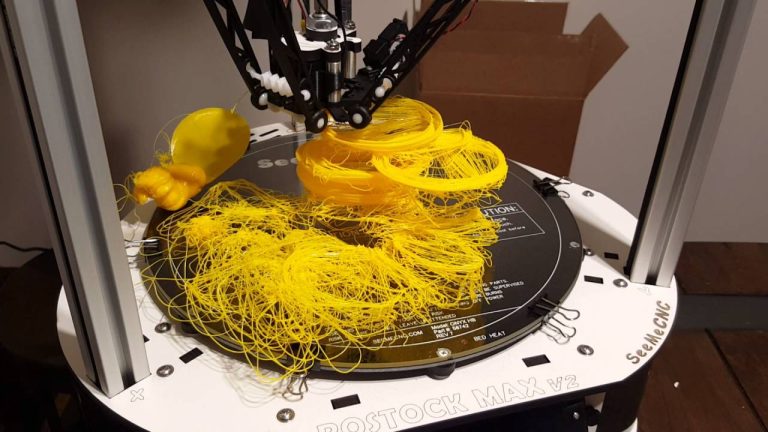
The Ethics of AI in Computer-Aided Design (CAD)
Computer-Aided Design (CAD) has long been the backbone of digital manufacturing, product development, and innovation. As AI transforms this essential technology, it brings unprecedented possibilities—but also new ethical challenges. Let’s take a quick, clear look into some critical points around AI thoughtful integration within CAD processes.
Transparency and Explainability
As we integrate AI-driven features like generative design, topology optimization, and automated modeling processes, transparency becomes absolutely crucial. Can engineers trust AI-generated solutions without knowing precisely how the AI arrived at its design decisions?
Designers and engineers must understand the rationale behind AI-generated models to safely apply them in critical real-world applications, such as aerospace, automotive, or medical devices.
Data Privacy and Ownership
AI, whether we realize or not, is heavily data-dependent. Who owns the design data? How secure is your intellectual property during generative design processes that potentially use cloud-based computation and public training data sets?
Understanding and clearly communicating data policies, ownership rights, and privacy protections should be a core business priority in the age of data-driven CAD.
Democratization vs. Deprofessionalization
AI democratizes high-level CAD capabilities, bringing powerful generative and complex modeling capabilities into the hands of non-expert designers. While increasing accessibility is beneficial, AI poses potential risks of oversimplifying and fast-tracking crucial design decisions, potentially leading to unsafe or untested final products.
Balancing rapid accessibility with the need for professional safeguards and technical oversight becomes an ethical necessity.
Environmental Responsibility
AI-powered generative designs have promising capabilities for optimizing lightweight, structurally sound components that can positively impact sustainability. However, the computing resources used to train and execute complex AI models can have significant environmental footprints. Ethical application demands clear-eyed assessments of AI’s ecological impacts, and responsible use requires continuously improving efficiency and sustainability.
A Collaborative Path Forward
At Filamexus Labs, we enthusiastically embrace AI and open-source principles in CAD. Crucially, openness ensures transparency, peer-review, trustworthiness, and collaborative improvements from a community of experts passionate about responsible AI adoption.
Our commitment is clear: AI should empower creators without compromising ethics or accountability.
Final Thoughts
As CAD becomes increasingly automated, augmented, and creatively enhanced by AI, setting clear ethical frameworks is key. By actively discussing transparency, ownership, professionalism, and environmental impact, we can ensure an AI-driven CAD landscape that genuinely empowers the maker community—responsibly.
Filamexus Labs champions openness, innovation, and thoughtful design. How do you see ethics shaping AI-driven CAD? Let’s discuss below!
Enjoyed this first post? Stay tuned for more insights into AI, ethics, 3D printing, and the future of making! 🚀 — The Filamexus Labs Team



